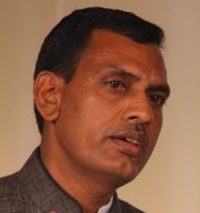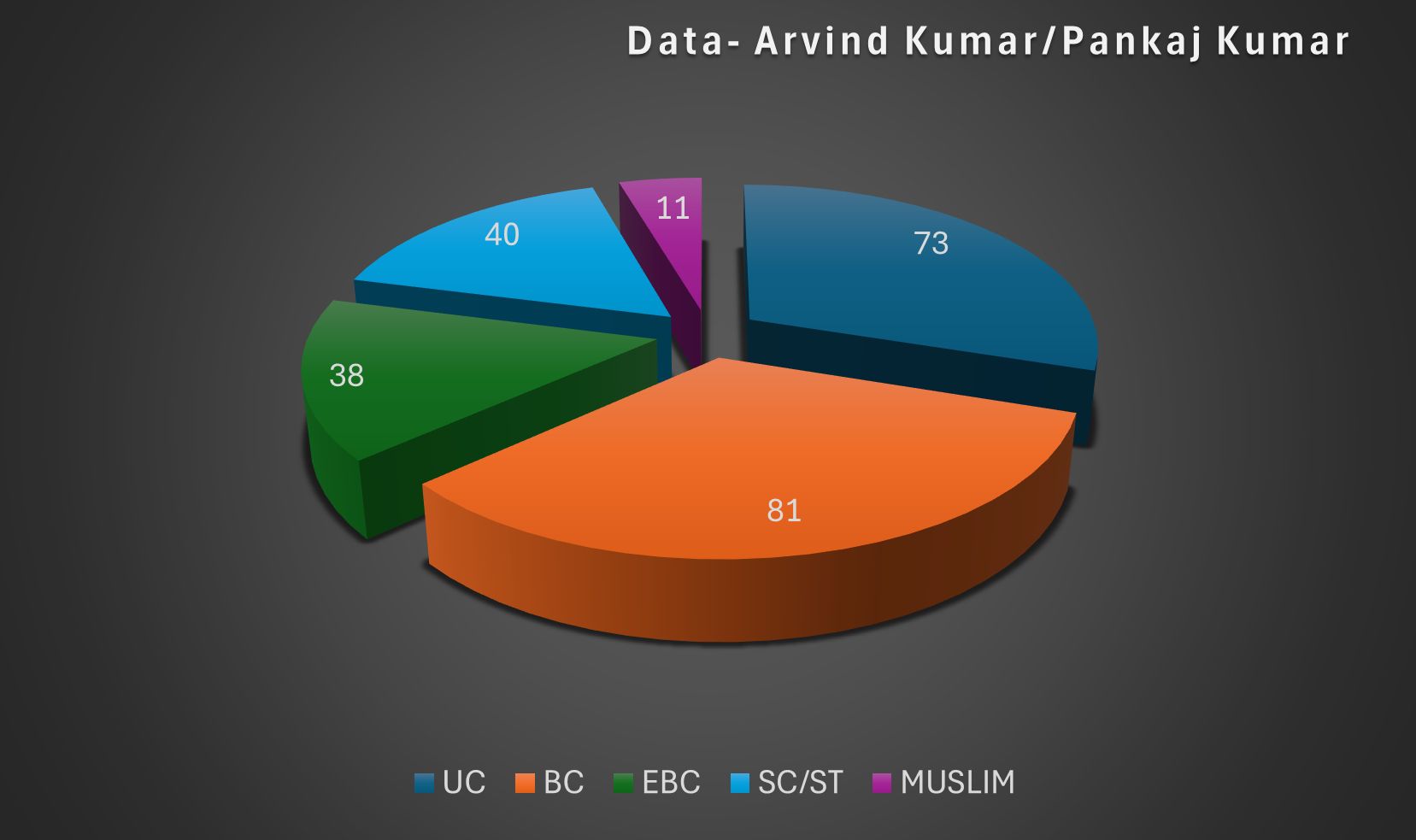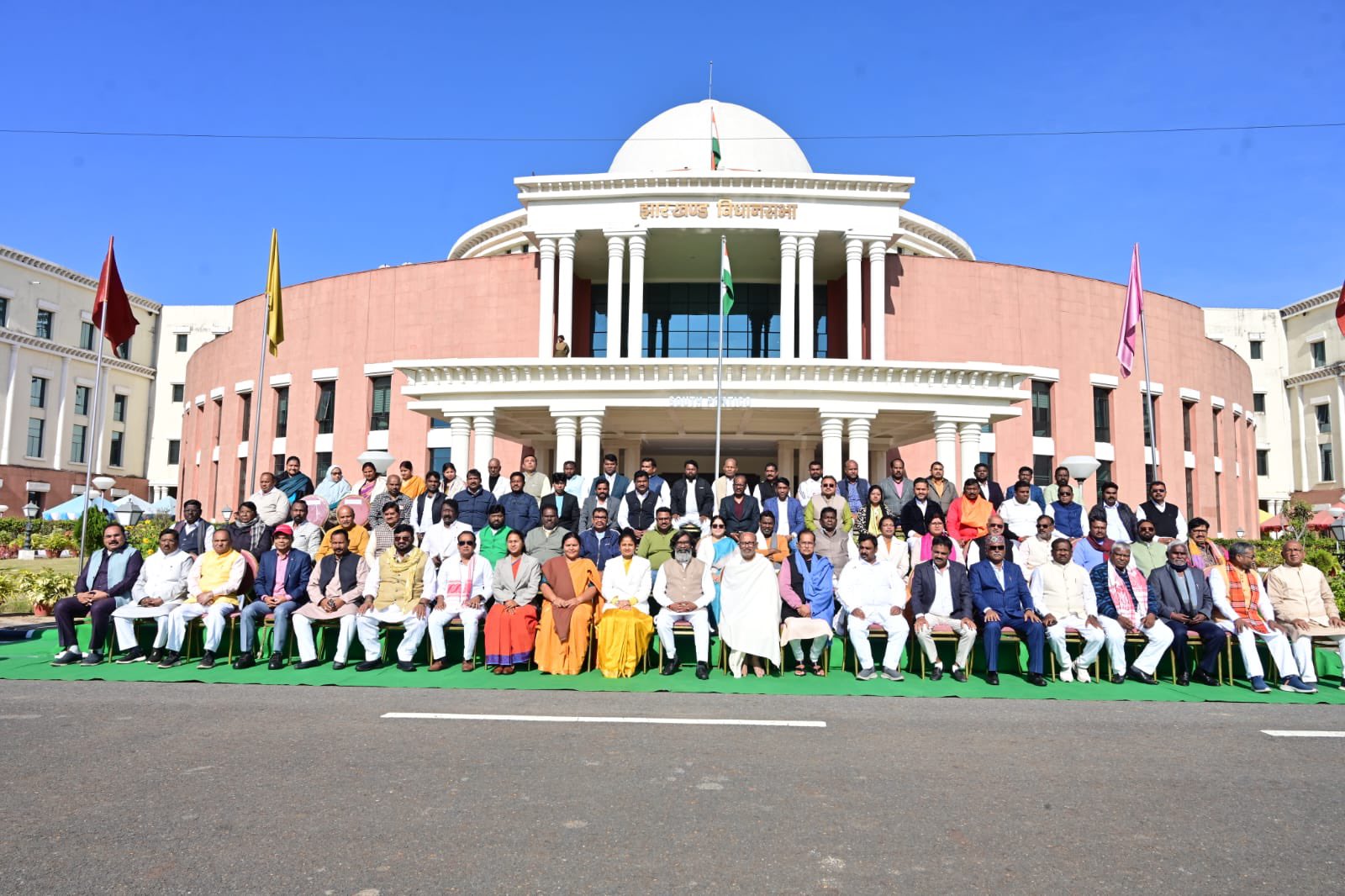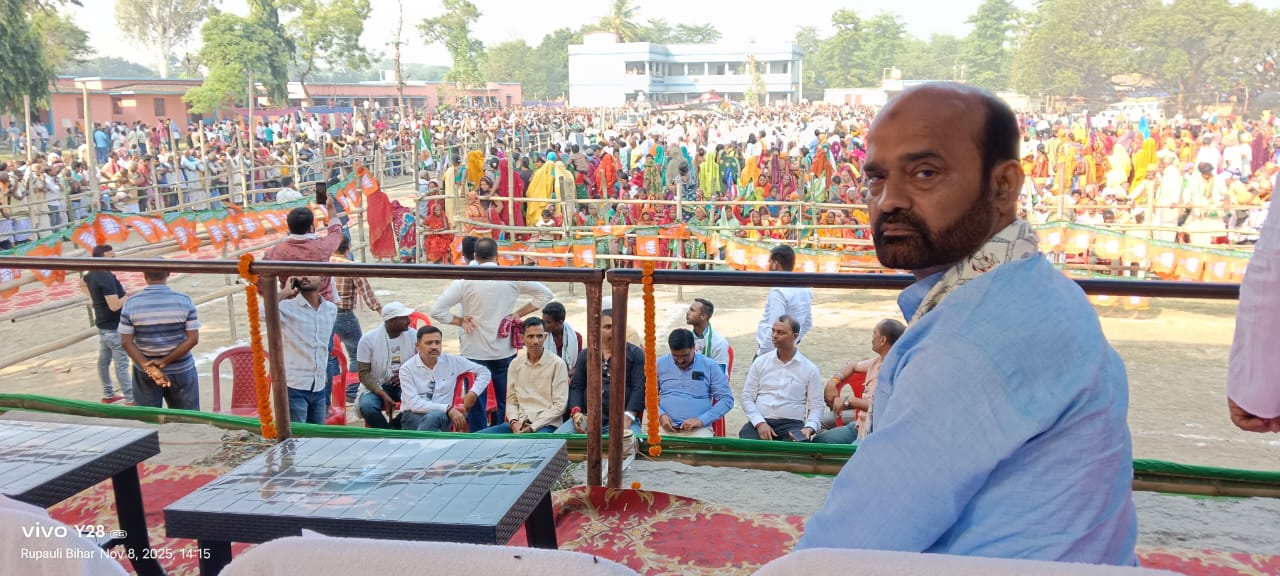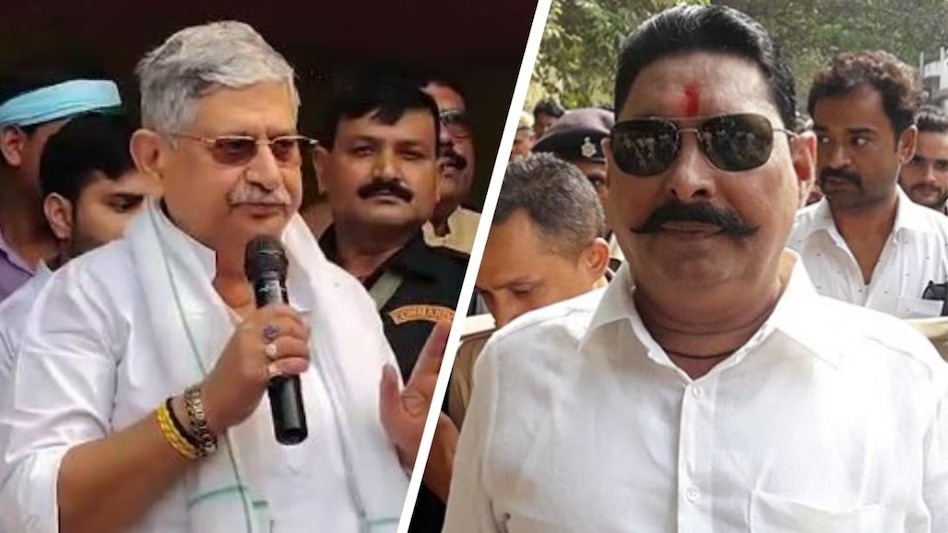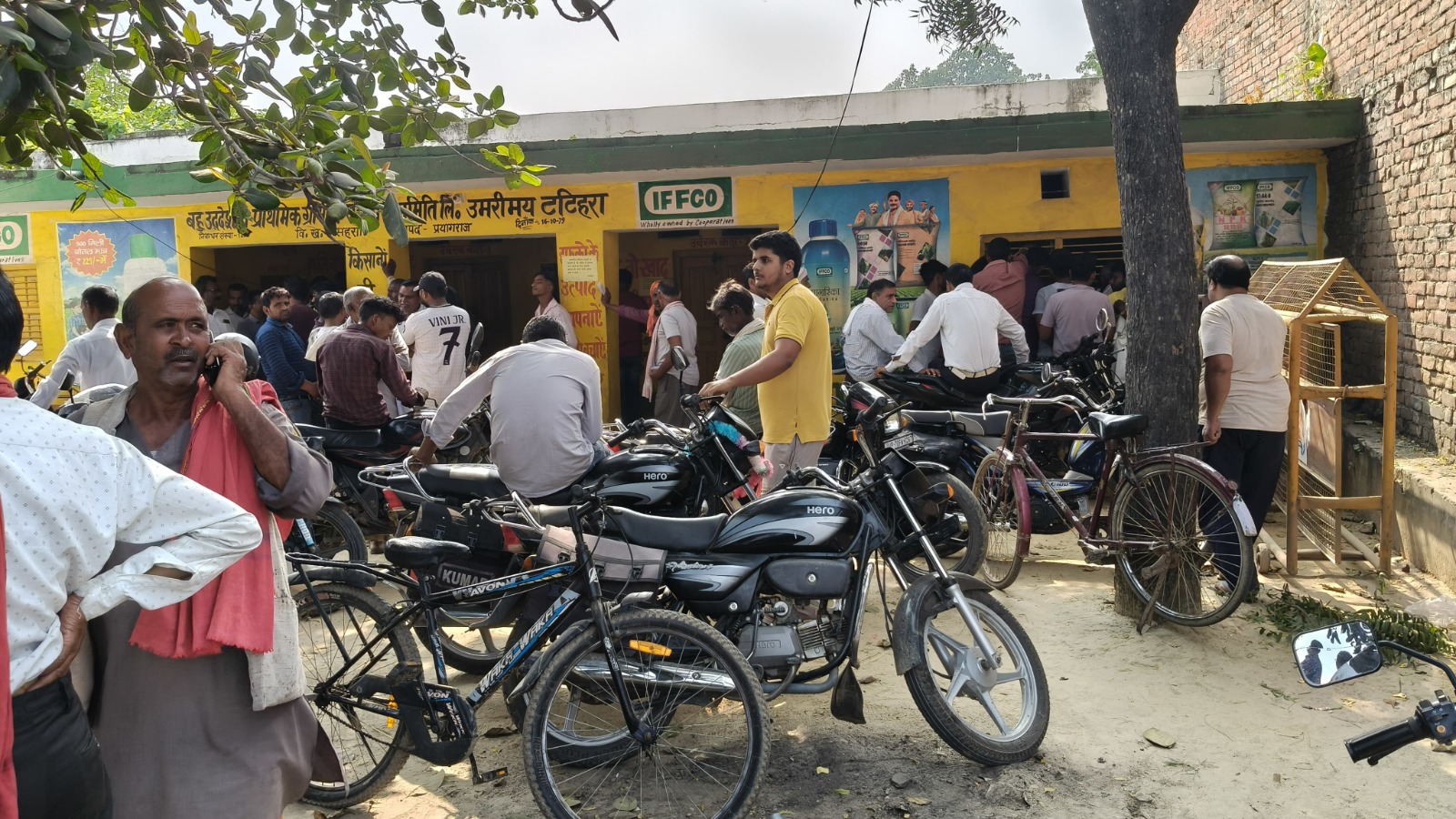The Rashtriya Swayamsevak Sangh (RSS), founded in 1925, is celebrating its centenary this year. The celebrations have sparked a serious debate on the future and the leadership of the organization. The RSS has been the ideological bedrock of the Bharatiya Janata Party (BJP). But, now, questions are being raised on its tradition of deciding the leadership and as to whether power has slipped out of its corridors. The present Sarsanghchalak Mohan Bhagwat having turned 75 years old recently and his earlier comments have triggered speculations that the present Sarkaryavah may be named the next Sarsanghchalak. The speculations are not limited to the issue of leadership. They also concern the balance of power between the RSS and the ruling BJP, and political gamesmanship, especially against the backdrop of the Narendra Modi-Amit Shah duo’s autocratic style of leadership.
Founded by Keshav Baliram Hedgewar, the RSS, always has had a rigid hierarchical structure. The Sarsanghchalak is the supreme ideological and moral guiding force of the organization. The position is lifelong and the incumbent nominates his successor. Hedgewar was followed by Madhav Sadashivrao Golwalkar, Madhukar Dattatreya Deoras, Rajendra Singh, K.S. Sudarshan and Mohan Bhagwat. Though it is not a rule, the Saryakarvah, who is the chief executive of the RSS, is often named as the next Sarsanghchalak. Golwalkar and Deoras, both were Sarkaryavah, before being elevated to the top post. This system ensures stability and continuity in the organization, keeping its reins in the hands of a select group. This tradition is being questioned.
In 2024, Mohan Bhagwat’s advice that leaders should quit public life after turning 75 had caused quite a stir in political circles. The opposition and political analysts saw in it a subtle hint to Prime Minister Narendra Modi, who, along with Bhagwat himself, turned 75 last month (September 2025). Bhagwat’s statement was not limited to enunciating the internal policies of the RSS, but also hinted that a new debate on the relationship between age and leadership may commence. But is the debate only about age? Or does it have deeper political implications?
Dattatreya Hosabale is at the epicentre of this debate. Born in 1954 in Hosabale village of Karnataka’s Shimoga district, he is a committed RSS worker. He joined the RSS in 1968 and the Akhil Bharatiya Vidyarthi Parishad (ABVP) in 1972. He was arrested during the Emergency and his 16-month prison stint turned him into a hero for the Sangh. A postgraduate in English Literature, he served as organizational secretary and general secretary in the ABVP. He was named the RSS’s Sah-Sarkaryavah in 2009 and has been the Sarkaryavah since 2021.
Hosbale’s Brahmin credentials make him a strong claimant to the top position. He comes from Karnataka and that makes him a mascot for expanding and strengthening the RSS’s footprint in the region south of the Vindhyas – something that eminently suits the organization’s strategy. His organizational skills and his work in the fields of education and community development has made him popular among the Swayamsevaks. But what is most important is his proximity to Modi and Shah. He is increasingly being given more importance in RSS events. The importance accorded to him in the mega events celebrating the centenary of the RSS indicate that he is being groomed for Sarsanghchalak’s role.
His presence and key role he played at the function at New Delhi on 11 October 2025, where Prime Minister Modi released a commemorative coin and postal stamp on the RSS, have only served to lend strength to speculations that he may be the next head of the RSS.
Tensions between Modi and Bhagwat are not new. Even as the chief minister of Gujarat, Modi had tried to limit the influence of the RSS. In 2018, Vishwa Hindu Parishad’s Pravin Togadia, once close to Modi, was left on the wayside. Modi also pushed auxiliary organizations of the RSS like the Swadeshi Jagran Manch and the Bharatiya Kisan Sangh to the margins as his economic policies, especially with regard to land acquisition, did not gel with theirs. This souring of relationship was also apparent by BJP national president J.P. Nadda’s assertion during the run-up to the 2024 Lok Sabha polls that the BJP can now march ahead without the aid of the RSS. Bhagwat responded with condemnation of “arrogance” and “personality cult” – barbs indisputably aimed at Modi.
Bhagwat’s statement on retiring at 75 was seen by many as a stratagem for mounting moral pressure on Modi, especially coming, as it did, after the BJP failing to win a majority on its own in the 2024 Lok Sabha elections, thus increasing Modi’s dependence on coalition politics. But Modi is known for being unforgiving. He seems to be doing at the national level what he did in Gujarat – decimating opponents like Togadia and Keshubhai Patel. Rajnath helped Modi when the latter was projected as the PM candidate in 2013-14. But Modi did render heavyweights like Lal Krishna Advani and Murli Manohar Joshi irrelevant.
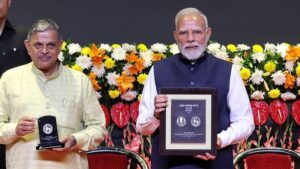
Is Hosabale a part of that strategy? Is he being readied to take over the RSS leadership as a pawn of Modi-Shah? Though Hosabale is known as a committed organizational leader, his proximity to the Modi-Shah duo is public knowledge. This raises the question whether he will be a free and independent RSS chief or merely a tool for expanding the power of Modi. He was the face of the RSS at the centenary celebrations in which the coin unveiled carried an image of Bharat Mata and the postal stamp unveiled had a picture of the Republic Day Parade of 1963. Clearly, the power-wielders in the BJP are comfortable with him. The event sent out a message that there is no incompatibility between Modi’s leadership and the RSS ideology. But the question is: How deep and strong is this affinity?
Modi and Shah have zero appetite for dissent. In Gujarat, they crushed the autonomy of the Sangh and now they are trying to do the same on the national stage. Hosabale’s rise fits the pattern. His growing profile is being seen as a part of the BJP’s poll strategy. But the question is whether the RSS, which prides itself on its ideological clarity, would put up with this kind of politics. However, Bhagwat’s rejection of retirement talks and the growing clout of Hosabale indicate that the balance of power within the RSS is shifting.
The relation between RSS and BJP has always been complex. The RSS is an ideology-driven organization that is wedded to Hindutva. The BJP is a political body that is constrained by the imperatives of gaining power. The Modi-Shah leadership has been using the RSS ideology as a tool, while also limiting its autonomy. Hosabale’s rise symbolizes this conflict. From Gujarat to Delhi, Modi’s strategy has been the same – decimate the opponents and keep supporters on a tight leash. Hosabale’s appointment as Sarkaryavah and his growing clout may be a part of this strategy. But RSS has deep roots and its Swayamsevaks are ideologically committed. If Hosabale is seen as a pawn, it may lead to internal resistance. Dissent among the Swayasevaks and the auxiliary organizations has not been uncommon. It was palpable when Togadia and Swadeshi Jagran Manch were marginalized.
If Hosabale indeed gets elevated to the top position, it will inaugurate a new era in the history of RSS-BJP relationship, with political power dominating the ideology. He is an able leader and his South Indian background and the social work he has done makes him a strong claimant. But whether he will be able to work independently of Modi-Shah is anybody’s guess. Would he become Modi’s pawn or would he protect the autonomy of the Sangh? This is a question only time will answer. But what is certain is that the clash between ideology and power is at its zenith in the politics of Hindutva today.
(Translation from the original Hindi by Amrish Herdenia)
